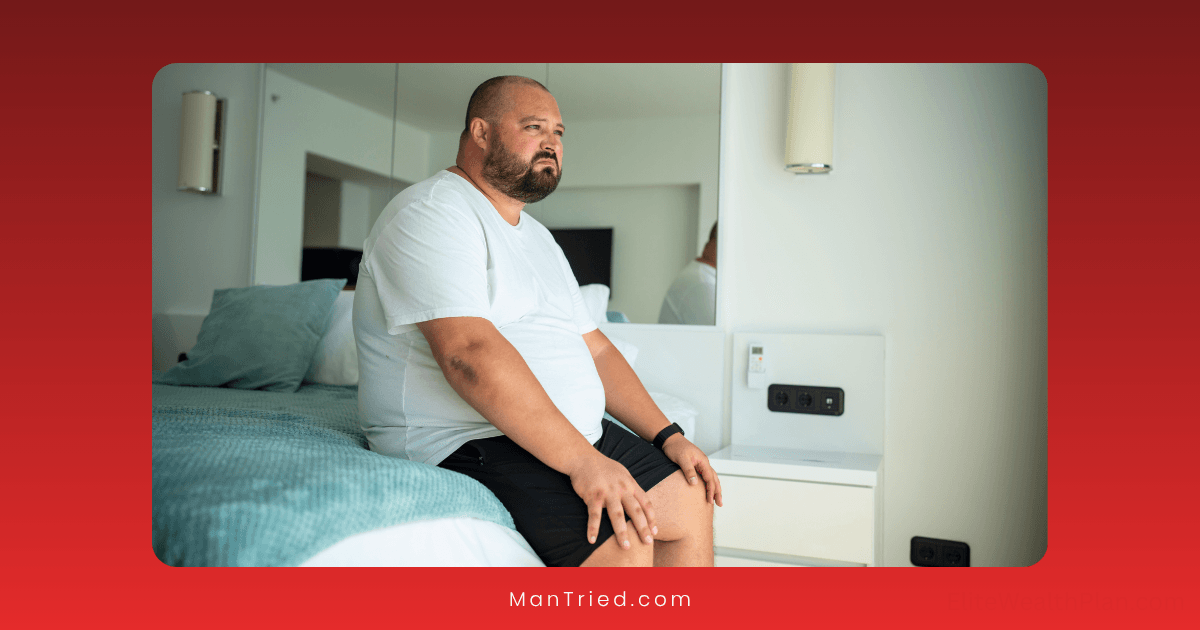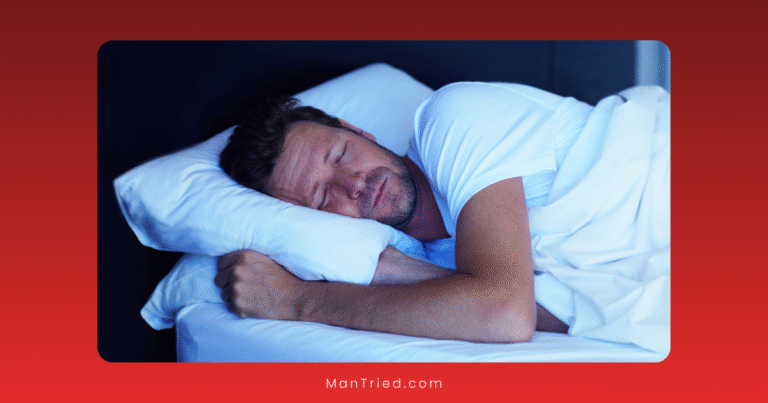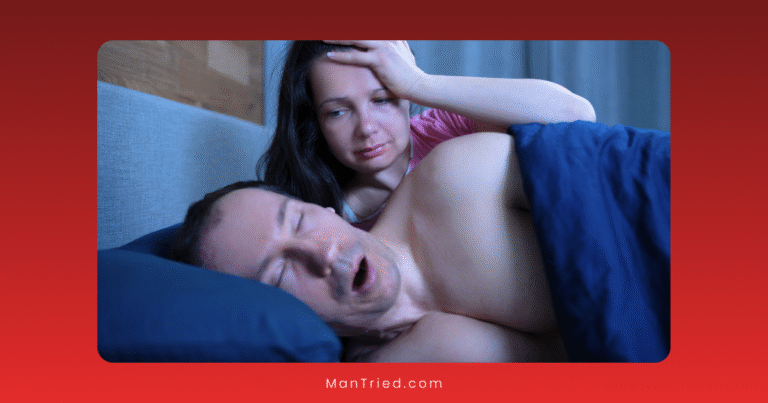The ED-Obesity Cycle: Breaking Free at Any Size

Have you ever felt trapped in a relentless cycle of disordered eating and weight concerns? You’re not alone. Millions of Americans find themselves caught in what experts call the “ED-Obesity Cycle” – a complex relationship between eating disorders and weight that can feel impossible to escape.
Understanding the ED-Obesity Connection
The relationship between eating disorders and obesity isn’t just complicated – it’s bidirectional. Research shows that up to 40% of people with binge eating disorders also experience obesity, while 9-29% of individuals seeking obesity treatment meet the criteria for binge eating disorder (BED).
“These conditions don’t exist in isolation,” explains Dr. Sarah Johnson, eating disorder specialist at the Center for Recovery. “They feed into each other, creating a cycle that’s difficult to break without addressing both the psychological and physical components.”
This cycle typically looks like:
- Dieting/restriction in response to weight concerns or societal pressure
- Physiological and psychological deprivation leading to increased cravings
- Binge eating episodes as a natural response to restriction
- Weight gain and feelings of shame/failure
- Renewed restriction to compensate, restarting the cycle
The Weight Stigma Factor
Perhaps the most insidious element perpetuating this cycle is weight stigma – the discrimination and negative attitudes directed toward individuals based on their weight.
According to the National Eating Disorders Association, weight stigma doesn’t just hurt feelings; it actively harms health. Studies reveal that experiencing weight stigma correlates with a 60% increase in mortality risk beyond what can be explained by BMI alone.
“Weight stigma from healthcare providers, family members, or society at large can trigger or worsen disordered eating behaviors,” notes Dr. Michael Rodriguez, obesity medicine specialist. “When someone feels judged for their size, they’re more likely to engage in unhealthy weight control behaviors that ultimately backfire.”
Even more troubling, weight stigma often leads to:
- Delayed or avoided medical care
- Increased stress hormones that promote weight gain
- Higher levels of depression and anxiety
- Disordered eating behaviors as coping mechanisms
Breaking Free: A Path Forward at Any Size
The good news? You can break free from this cycle, regardless of your current size or history with food and weight. Here’s how:
1. Adopt a Weight-Inclusive Approach to Health
The Health at Every Size® (HAES®) movement offers an alternative to weight-focused approaches. This framework emphasizes:
- Respecting body diversity – Understanding that bodies naturally come in different shapes and sizes
- Critical awareness – Questioning cultural messages that equate thinness with health
- Compassionate self-care – Making choices from a place of self-respect rather than self-loathing
“When we stop making weight the central focus of health, we create space for sustainable, positive change,” says registered dietitian Emma Thompson. “This doesn’t mean ignoring health concerns – it means addressing them without using weight as the primary metric of success.”
2. Work with Eating Disorder-Informed Professionals
Finding healthcare providers who understand the complex relationship between eating disorders and weight is crucial. Look for professionals who:
- Acknowledge that eating disorders occur at every size
- Don’t automatically prescribe weight loss for higher-weight individuals
- Screen for disordered eating behaviors regardless of weight
- Focus on behavioral health markers rather than just the scale
Many treatment centers now offer weight-inclusive care specifically designed to address eating disorders in people of all sizes.
3. Practice Intuitive Eating
Intuitive eating represents a radical departure from diet culture, focusing on internal cues rather than external rules. This approach includes:
- Honoring hunger and fullness signals
- Making peace with all foods
- Finding satisfaction in eating
- Separating emotional needs from physical hunger
Research published in the journal EClinicalMedicine shows that intuitive eating approaches can help heal the relationship with food while improving psychological outcomes, regardless of whether weight changes occur.
4. Address the Emotional Components
Eating disorders and problematic relationships with food rarely exist without emotional underpinnings. Consider:
- Working with a therapist specialized in eating disorders
- Exploring the role of trauma in your relationship with food and body
- Learning emotional regulation skills that don’t involve food
- Joining support groups with others on similar journeys
“The emotional healing is often where the real freedom happens,” explains eating disorder therapist Dr. Lisa Chen. “When we address the ‘why’ behind disordered eating patterns, sustainable change becomes possible.”
Real Stories of Breaking Free
James, 42: “After decades of yo-yo dieting and binge eating, I was diagnosed with BED at 310 pounds. Through therapy and intuitive eating work, I’ve stopped the binge-restrict cycle. My weight has stabilized, but more importantly, food no longer controls my life.”
Aisha, 29: “I developed atypical anorexia in my teens while in a larger body. Doctors praised my weight loss even as my health deteriorated. Finding a HAES-aligned treatment team literally saved my life. I’m now recovered and advocate for weight-inclusive healthcare.”
Miguel, 35: “The cycle of shame, restriction, and binging kept me trapped for years. Learning about weight stigma helped me understand I wasn’t failing – the approach was failing me. Now I focus on joyful movement and nourishing my body instead of punishing it.”
The Path Forward
Breaking the ED-Obesity cycle isn’t about finding the perfect diet or reaching a certain weight. It’s about healing your relationship with food and your body, addressing the psychological factors driving disordered eating, and finding sustainable practices that support overall wellbeing.
Remember that this journey isn’t linear, and setbacks are part of the process. With the right support and a compassionate approach, freedom from the cycle is possible – at any size.
If you’re struggling with disordered eating or body image concerns, reach out for professional support. The National Eating Disorders Association offers resources and a helpline at 1-800-931-2237.
Have you experienced the ED-Obesity cycle? Share your story in the comments below.






